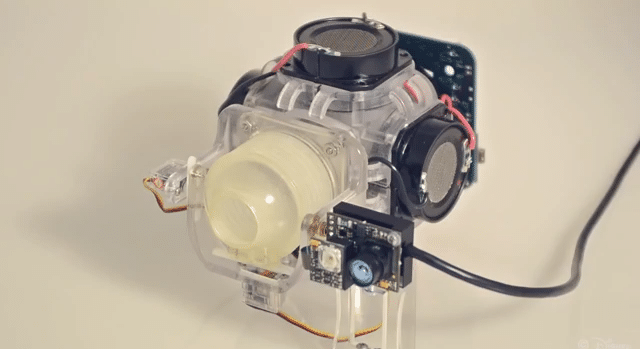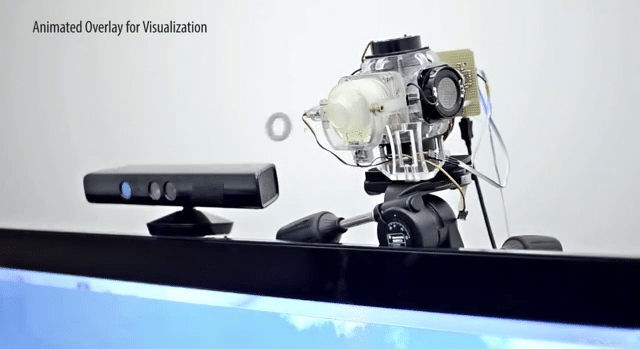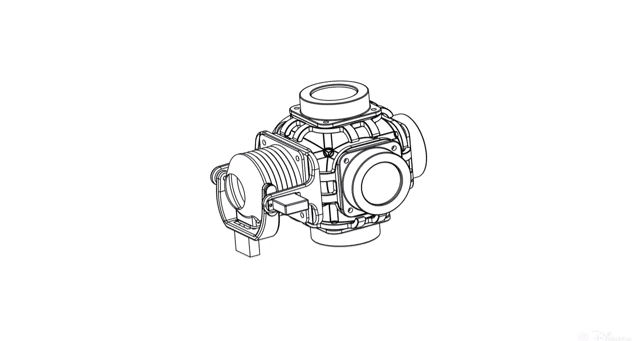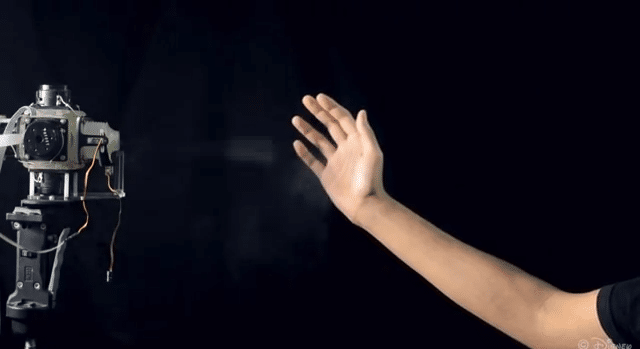I don’t think it’s a secret that we here at Bit Rebels love technology, especially technology that is based on all things science fiction. It’s when technology is taken beyond our current realm that the most exciting results will follow, and that is the case with virtual reality accessories today. More and more devices are being brought to life to accompany the virtual world experience. The latest is a device called Aireal, which will most likely change how we experience touch in virtual reality.
Aireal was created by Illinois PhD candidate Rajinder Sodhi and Disney Research’s Ivan Poupyrev. It is meant to further immerse us into the virtual realm without us having to wear even more junk. We all know that most virtual reality accessories are meant to be worn in some way or another, but the Aireal is quite different from all other virtual reality accessories. It is not meant to be worn at all actually, yet still it will add touch sensations in mid-air.
So how is this possible? Aireal uses air puffs to add the touch sensation to virtual and augmented reality objects. It sounds quite complex, doesn’t it? But the process in itself is based on a pretty simple concept. By pushing out air in precise and directed puffs, you can pretty much create touch sensations of pretty much any object you put inside a virtual environment. It is a device which you can mount anywhere around you, and it will create another sense of immersion into your virtual world in a seamless way.
I can even imagine that when Aireal is perfected and marketed, more advanced and bigger products will be made available to further increase the air pressure pushed out. Let’s say you want to simulate the recoil of a rifle for example, then a bigger module of the Aireal will be necessary, right? Well, just add a more powerful push mechanism, and you will be able to create any and all kinds of pressure touch sensations. When this device will be made available is of course too early to speculate about, but it’s certain that this haptic mid-air touch sensation device could mean big changes for how we experience virtual and augmented reality.




COMMENTS